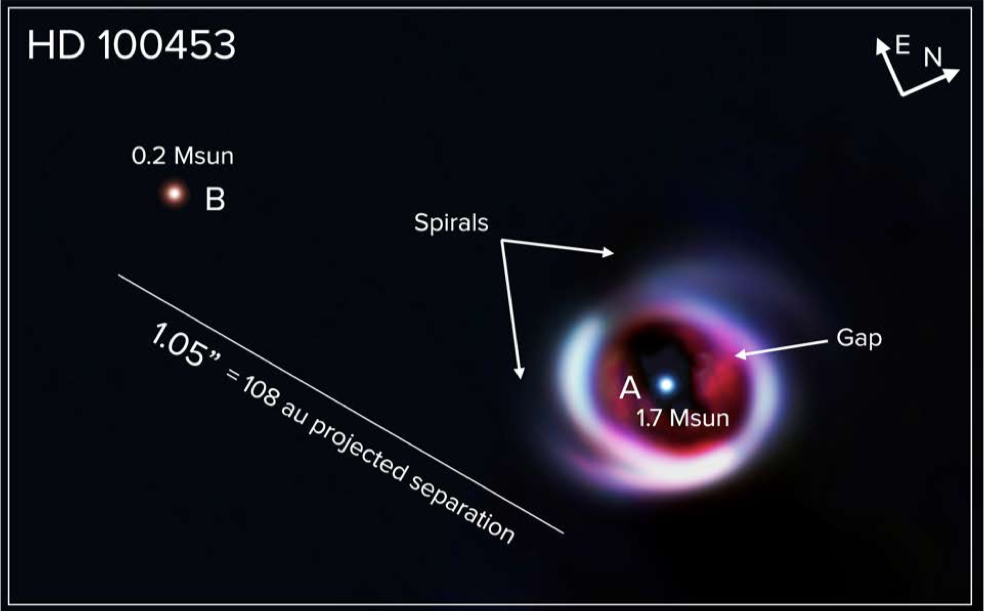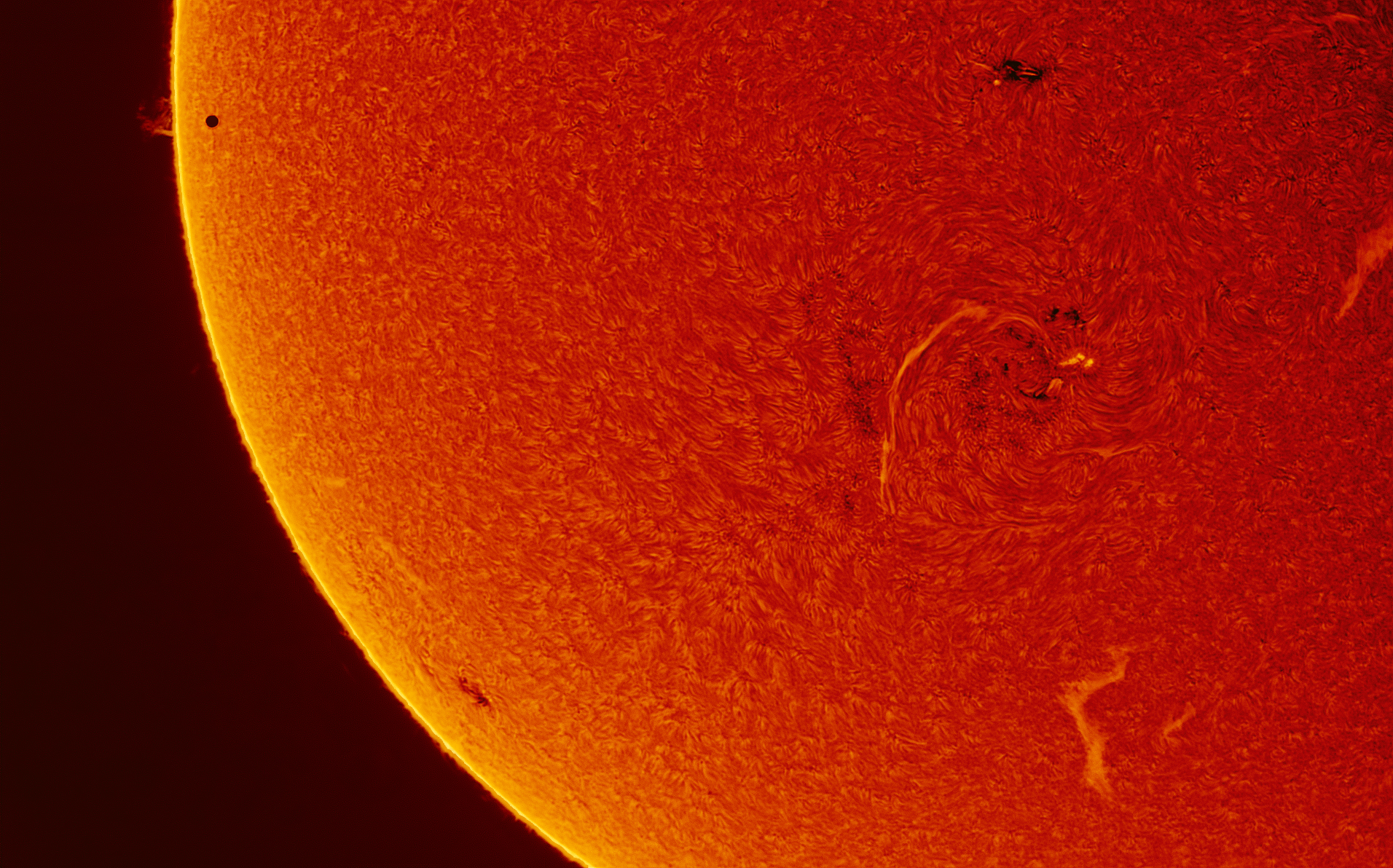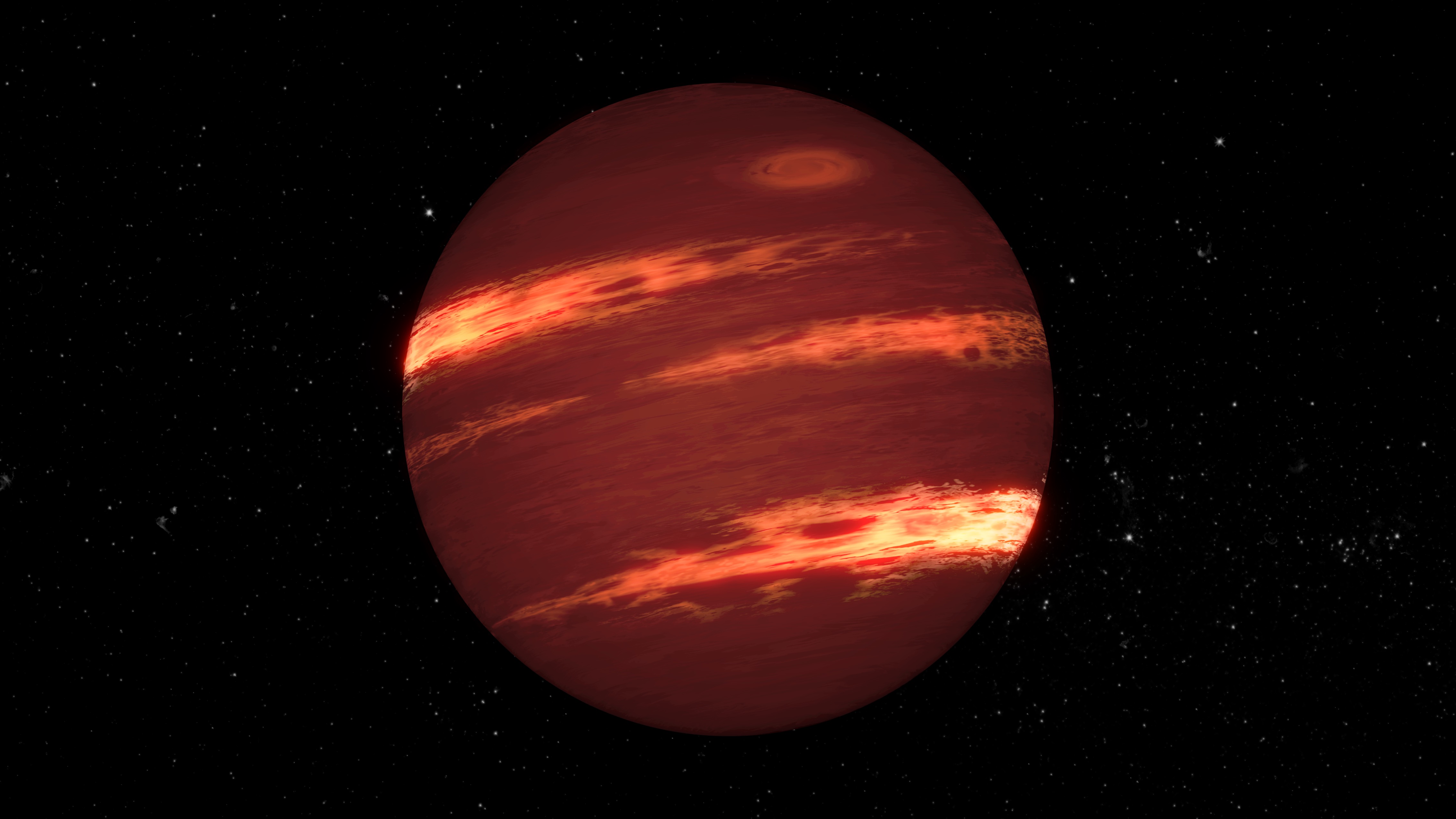A few days ago we got a very exciting news: Our Alien Earths team was selected by NASA for a major award within its ICAR (Interdisciplinary Consortium for Astrobiology Research) program! The $6M funding awarded to our Alien Earths team will enable a very exciting and cutting-edge portfolio of research projects for the next five…




